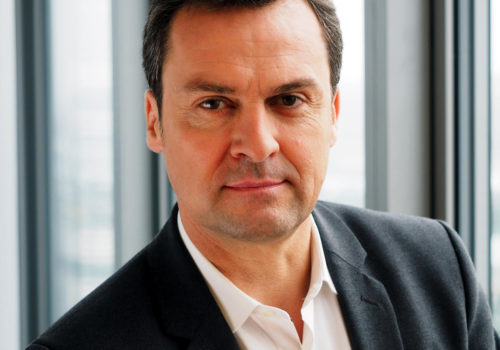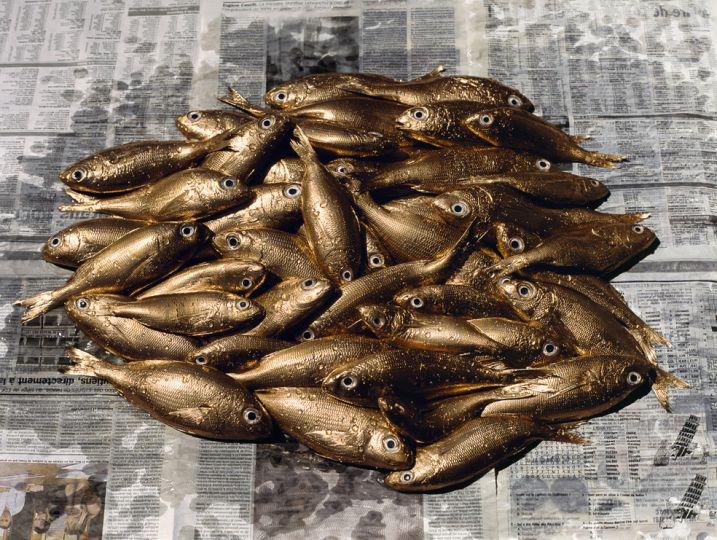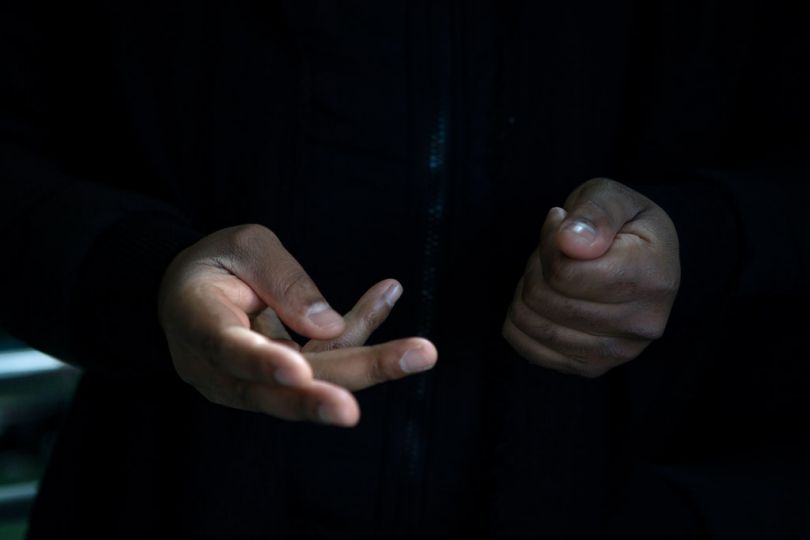20,000 euros, an exhibition at the Centre Georges Pompidou, a Filigranes Editions book: the Carte Blanche PMU shows a great deal of support for contemporary art photography. We have an interview with Benoit Cornu, PMU’s Director of Communications as well as president of the Jury for 2016 .
How was the idea of the Carte Blanche PMU, celebrating its seventh anniversary this year, born?
Until the creation of this Carte Blanche, our sponsorship actions were mainly centered on horses and heritage. In 2008/2009, we took steps to modernize our image. We wanted to make PMU a brand of today, far from the cliché of a gambler with a beret and a cigarette in his mouth. At that point, we sensed that photography could let us achieve that. Thanks to the telephone, it was in the midst of becoming a daily media source for everyone. But how to combine the two worlds? Chance had a lot to do with it since we met Diane Dufour and Raymond Depardon, who, at the time, were working on creating the BAL. Until the beginning of the 90s, this space had been France’s biggest PMU. Our common history inevitably brought us closer together.
Has the Carte Blanche evolved since its creation?
There were no calls for applicants during the first two editions. With Diane Dufour, we first had the idea to choose an artist and to bring his unique vision to our world. The two first winners were selected in an arbitrary manner. The first being Malik Nejmi because he photographed people with benevolence, which fit in with our hope to show the truth about the PMU without stereotypes. We gave him carte blanche to photograph our clients. The second was Mohamed Bourouissa, we asked him to work on the theme of supporters. I had been struck by his Périphérique series… In the end, he made another proposal, around paper, and it was very successful.
So then you changed the formula for the third edition…
We said to ourselves, “Let’s be more ambitious let’s calls applicants and have a jury choose the winners .” The carte blanche started to gather momentum. We had told the artists to work within a framework that was precise and opened at the same time: the world of gaming and betting. We didn’t impose any constraints on them other than time, since their work had to be finished in a rather short time.
You give them a lot of freedom to interpret the theme…
It’s in their interest and in ours… It’s risky because we’re kind of in the unknown each time, but that’s what’s interesting. That allows us to go find artists who never fail to surprise us. This being the case, for example, with Olivier Cablat, who did the work of an archeologist (as he said himself) on our world. Above all, we’re proud of the diversity of the approaches taken on the themes over these seven years, as shown by the work of Kourtney Roy, or even of Thierry Fontaine last year… Each one of them gave a specific view on our world and showed a new aspect of it. It’s extremely rich.
As shown again this year with the exhibition of Anna Malagrida, the 2016 winner…
Anna Malagrida, has actually spent an enormous amount of time with the players of two Parisian PMUs. The human dimension is very important in her work. She has managed to capture the social bond in the PMUs, a fundamental principle for us It’s actually one of the only spots where one can talk to their neighbors without knowing them…
Is the Carte Blanche going to evolve?
We would like more circulation of the exhibition . It is presented in the Centre George Pompidou for three weeks and then hung in our offices, letting our staff appreciate it daily… but we would like to go even further.
Interview by Sophie Bernard
Exhibition
Cristal House, Anna Malagrida, Centre Pompidou, exhibition from September 28 to October 17, 2016, in the Photography Gallery, free entree.
Curated by Karolina Ziebinska- Lewandowska assisted by Françoise Vogt and Emmanuelle Etchecopar-Etchart
Book
Cristal House, English/French, Carte Blanche PMU co-production, work conceived by whitepapierstudio, Filigranes Editions, 25 euros



















